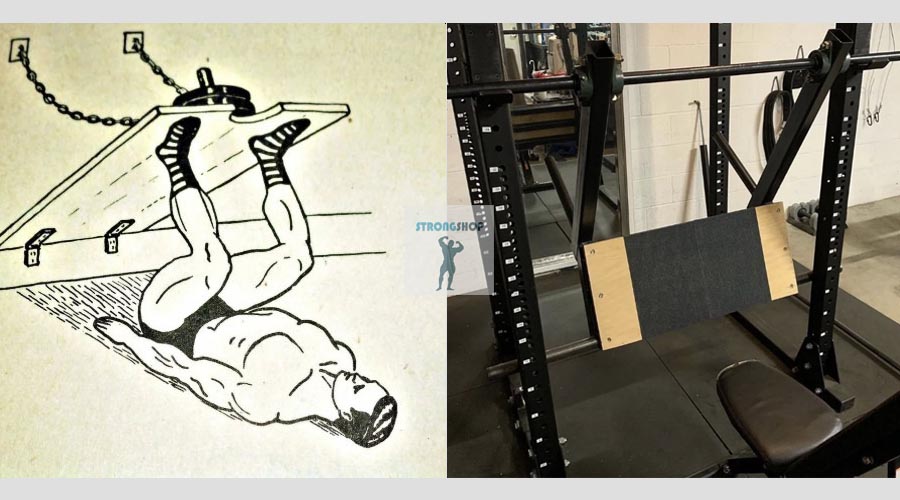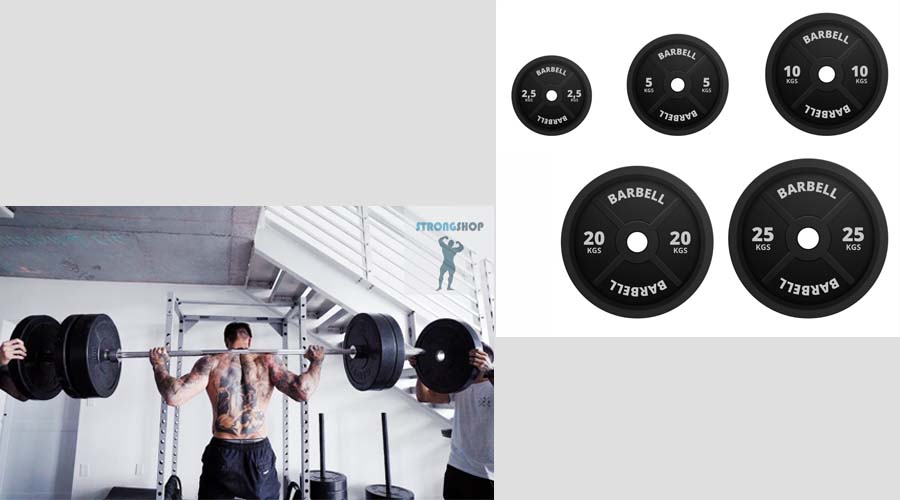Tall athletes have an impressive appearance, but their height often comes with unique challenges in strength training.
In particular, tall athletes find it harder to gain muscle mass. Statistics show that only 10% of individuals over 188 cm do not experience difficulties in gaining weight.
Features for Bodybuilding
Visually, athletes with the same body mass index but different heights look different: shorter athletes appear more massive.
However, this mostly applies at an average level. With significant muscle mass, taller bodybuilders tend to look more aesthetic. But they require a larger muscle mass.
Features for Powerlifting
The most significant challenge for tall athletes is the so-called “mechanical” issue, related to elongated limbs and an increased range of motion.
However, tall athletes should not be discouraged. If we look at modern champions, most of them are tall. It’s just a matter of understanding the mechanics of their own "levers."
Long Limbs and Their Impact on Technique
Tall athletes have elongated limbs, leading to a greater range of motion in basic exercises such as squats and bench presses. This places additional demands on joint strength and stability, particularly in the knees and shoulders.
Let’s analyze the big three exercises:
Squats
Tall athletes often struggle to maintain an upright torso, increasing the load on the lower back.
A possible solution is using a wider stance and elevating the heels on a platform to shift the center of gravity.
Bench Press
Long arms increase the barbell’s travel distance, requiring more strength to lift the same weight.
However, exceptions exist. For example, one of the strongest bench pressers of the last decade, Kirill Sarychev, benched 335 kg with very long arms.
Of course, he developed his bench press technique over many years.
A practical solution here is reducing the range of motion where possible, such as using a wider grip on the barbell.
Deadlift
In this case, long arms are actually an advantage—but only with proper technique. Some believe that athletes with long limbs may find sumo deadlifts more comfortable, as they reduce stress on the lower back.
On the other hand, conventional deadlifts are mastered by strength legends like Hafthor Bjornsson.
Training Volume and Load Specifics
Overall, training programs are not typically divided based on an athlete's height.
In powerlifting, differences may only exist in the progression within a training cycle, particularly for squats and bench presses.
More attention is given to technique and leverage adjustments to reduce the range of motion and minimize injury risks.
It’s also essential to strengthen stabilizing muscles—core, shoulders, and back—to provide better joint support.
For very tall bodybuilders, as mentioned earlier, a large muscle mass is essential to maintain proper proportions.
This means incorporating powerful compound exercises, lifting heavy weights, and maintaining a high-calorie diet focused on muscle growth.
Exercise Adjustments for Tall Athletes
To improve training efficiency and prevent injuries, tall athletes should adjust their programs to match their physical characteristics. Here are a few recommendations:
- Use a reduced range of motion in isolation exercises to decrease joint stress.
- Incorporate exercise variations such as incline presses, deficit deadlifts, or hack squats.
- Use lifting straps to reduce grip fatigue when handling heavy weights.
Importance of Recovery
Extremely tall athletes require extended recovery times due to the high stress on muscles and ligaments. Here are some useful tips:
- Regularly practice stretching and myofascial release.
- Focus on nutrition, especially protein and micronutrients necessary for tissue repair.
- Utilize additional recovery methods such as cryotherapy, massage, and swimming.
Sample Training Program
Day 1 — Lower Body:
- Barbell Squats — 4x6
- Hack Squats — 3x10
- Romanian Deadlifts — 3x8
- Calf Raises — 3x15
Day 2 — Upper Body:
- Bench Press — 4x5
- Barbell Rows — 3x8
- Pull-ups (weighted) — 3x8
- Seated Dumbbell Press — 3x10
Day 3 — Deadlift & Core:
- Sumo Deadlift — 4x5
- Deficit Deadlift — 3x8
- Weighted Plank — 3x1 min
- Cable Crunches — 3x15
Conclusion
Training tall strength athletes requires an individualized approach.
By considering anthropometric features, athletes can not only compensate for potential disadvantages but also use their long levers as an advantage.
Success lies in proper training planning, exercise adjustments, and thorough recovery. This approach will not only lead to high performance but also help maintain long-term health.





